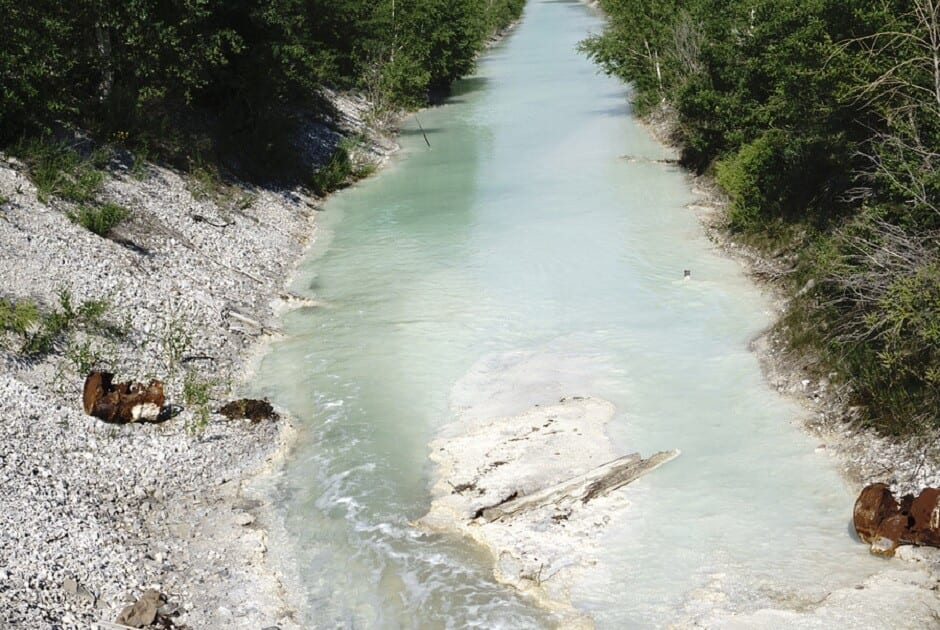As you’re likely well aware, laying a pipeline in a river or stream is no small task. Fortunately, Submar, Inc., is here to provide you with all of your restoration solutions. We carry a staff of professional, highly-trained experts who can help with all of your project needs. Our team has a keen understanding of unique weather patterns in all parts of the U.S. and can perform site surveys to assess your project. We will work to protect your assets and come up with a customized, long-term viable solution to fix whatever problems you may be facing.
Changing How We Look At Streams
As seen in this New York Times article, geologists and sediment experts were involved with a study that changed how the industry worked with streams. Thanks to their groundbreaking research, we now rely on this information when working with midstream companies who are in search of a solution for exposures and washouts.
The study changed the way we look at man-made dams and millponds from the 18th and 19thcentury. Built by the thousands, these waterways had a much more significant impact than previously thought. Companies had been struggling to restore degraded streams and were frustrated trying to figure out why they were failing.
Sound knowledge of the area is crucial when dealing with shallow water pipelines. Unfortunately, many companies venture to complete a shallow water pipeline project without having a firm understanding of the waterways they wish to restore. A lack of research often results in either difficulty laying the pipeline or costly corrections in the future. Many companies fail to pay attention to a project once it’s been completed and don’t notice the effects of washoutsthat happen over time.
Promoting Efficiency in the Stream Restoration Process
About a decade ago, government scientists and academic researchers estimated that American companies spent well over a billion dollars on stream restoration projects. Since then, that figure has only increased. University of California, Berkeley geomorphologist William E. Dietrich oncecriticized the industry, saying that these costs had no empirical basis because stream restoration projects were done by looks, without substantial evidence.
We routinely keep this is mind and seek to change this mindset whenever working on a project with our clients. Our engineers use a data-driven approach. Consultants and regional managers will evaluate your project, take measurements, and survey the land. They will then send data back to our team of engineers, who will come up with a sustainable, cost-efficient solution. The days of guessing and testing are over. We understand how vital your shallow water pipeline project is and how much every dollar matters.
One of the solutions our team uses frequently is Submar concrete mats. These mats are an ideal solution for those working in shallow rivers and streams, where they find it difficult to maintain 12 inches of cover. The mats can be placed over an exposed shallow water pipeline and will provide excellent pipeline protection with minimal interruption to ongoing operations.


